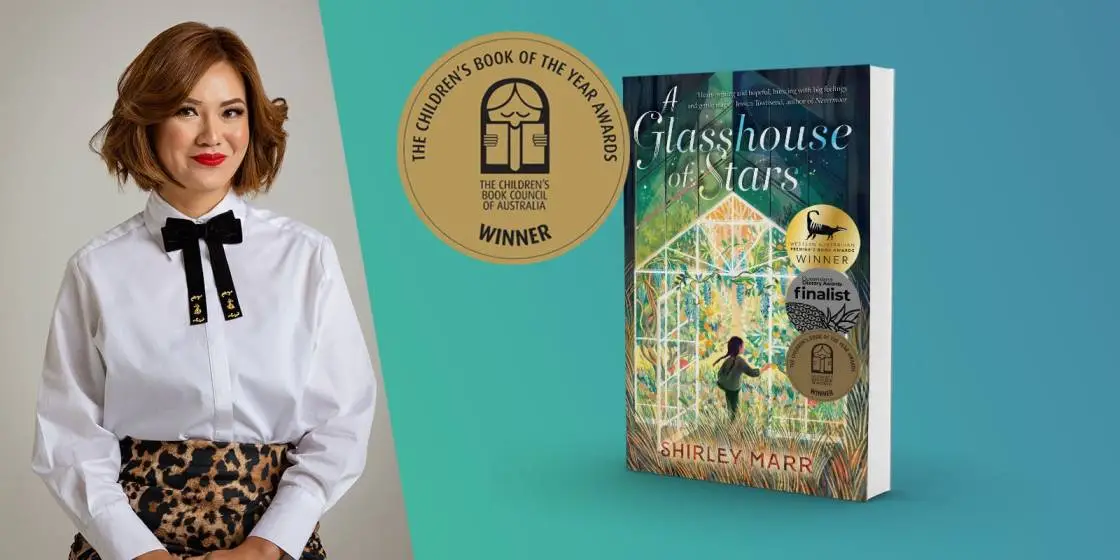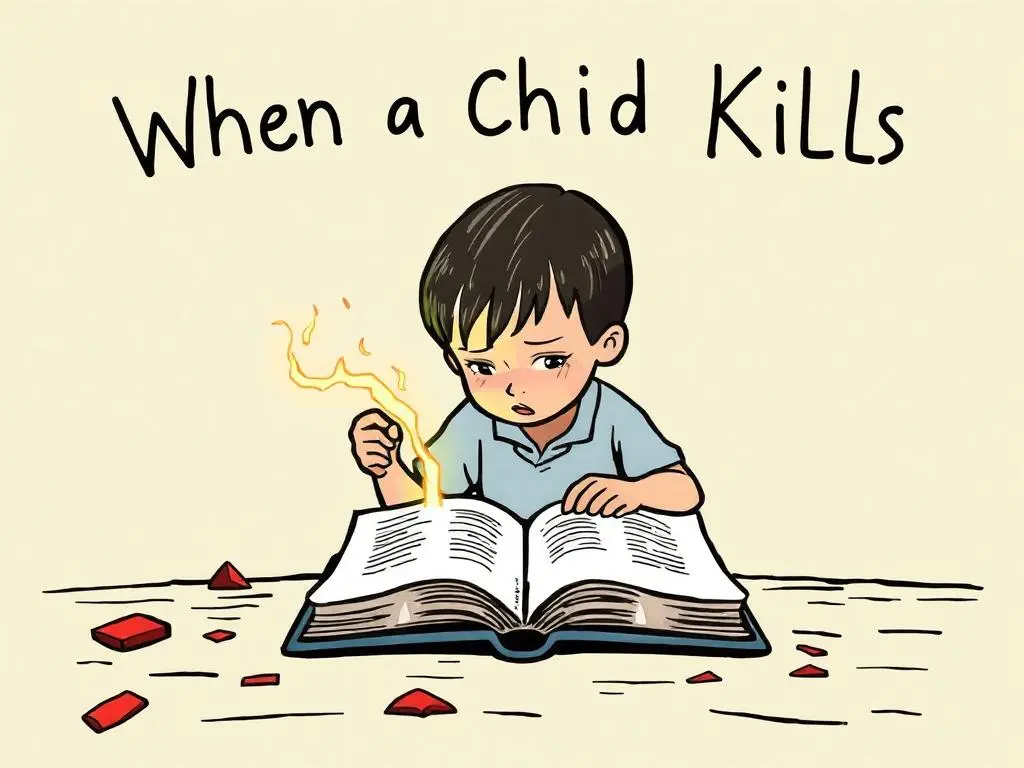Wresting Insight, and Poetry, From Pain

PAIN STUDIES
By Lisa Olstein
CONSTELLATIONS
Reflections From Life
By Sinead Gleeson
All writers must confront the tricky problem of how much to abide by the conventions of their genre. Hew too closely and you’ll bore readers; deviate too far and you risk baffling and frustrating them. Literary books take that risk; the successful ones venture into new territory and persuade readers to come along.
“Pain Studies,” by Lisa Olstein, asks a great deal of its readers. Although in recent years there has been a surge of memoirs by women reflecting on pain and illness, Olstein’s book can’t really be described as a memoir. We learn almost nothing about Olstein’s family, her job or where she lives; there is scant dialogue and no plot. But nor is the book structured, as nonfiction often is, by a theory or an argument or even an attempt to convey a body of knowledge. It is a curious collage of original, lyrical, abrupt, fragmented and sometimes obscure reflections on pain (Olstein suffers from chronic migraines), written in a stream-of-consciousness style and punctuated by poems, lists and quotations.
Of course, for a writer to relinquish so many of the features of storytelling and rely on reflections alone, those reflections have to be awfully compelling. From the outset we are plunged into Olstein’s suffering, as every morning she wakes to wonder, “Today? No, not today. Rather, yes, today, again” — a cycle of “approximately 3,472 days of migraine, which is 83,328 hours (including sleep migraine-lit), which is 4,999,680 minutes, or, alternately, 9.5 years. But who’s counting?”
How to let the reader inside this pain? “Whatever pain you’re in is the worst kind, and when it’s bad, it’s untranslatable, but that doesn’t keep you from having to try,” she writes.
Olstein succeeds marvelously when directly reflecting on her own pain and her attempts to treat it. An accomplished poet, she often uses language beautifully and inventively. But the book feels more like notes than a finished draft. She cites a dizzying array of authors and historical figures in rapid succession: Sappho, Oliver Sacks, Joan of Arc, Elaine Scarry, Wassily Kandinsky, Donald Judd, Lucretius, Pliny the Elder and the television program “House, M.D.,” among many other sources.
Yet most of the sources are touched upon so briefly that it is not clear what function they serve. The most extended passages are from the trial of Joan of Arc, included on the tenuous grounds that, under the influence of a migraine, Olstein finds herself obsessively interested in Joan — in particular, her relationship to language and her male interrogators. (Oddly, Olstein is not interested in the pain of the torture Joan endured.) Are private and public associations with pain enough of a conceit for a book, or would a more successful form for her material be an inspired long poem, which she could surely write?
Sinead Gleeson’s uneven collection of reflective essays is also in need of structure. It’s a mishmash of genres: memoir, meditations, poetry, cultural critique, biography and medical material. Some of her personal stories of pain, illness and death are unforgettable. As a girl growing up in Ireland in the 1980s, Gleeson suffered from an arthritic condition that eroded her hip, requiring multiple procedures and ending in a fusion now performed only on horses. Her life was punctured by illness and the untimely death of intimates at several other junctures. When she was in her early 20s, a former boyfriend fell through a roof and died. In her late 20s (just six months after marrying one of the dead boyfriend’s best friends), she was stricken by an aggressive form of leukemia. Her own best friend’s young husband died of cancer just after their wedding, and she and his new widow sat in the hours afterward holding his cooling hands.
Her experiences are rendered vividly and with an admirable lack of self-pity. There is the school trip to Lourdes where, as a pious 13-year-old, plunked into the holy waters, her hopes of a miracle vanish: “After months of thinking about how it would feel, it was already over. My skin was instantly dry. Apart from the purple mottle left by the cold, nothing felt different.”
Gleeson has an eye for telling detail: the scent of lilies and formaldehyde that fills with “harsh sweetness” the summer room where the body of her former boyfriend, Rob, lies. She touches his shoulder. “I run my fingers over the joint, but the terrain is not the same. I know the swell of that clavicle, the drumlin of bone, which now juts strangely, broken for sure. I pull my hand away as if scalded.” Just a few days before she had begun a relationship with Rob’s flatmate — a relationship that would be forged in shared grief. A rambling Ginsberg-style poem is threaded through the searing essay: snapshots of Rob (who had an encounter with Ginsberg) in bars, on roller coasters, night swimming. The poem itself is prosaic, but intercut with the terrible events of his death, the reminiscences glow eerily.
“Constellations” has the makings of an enthralling memoir structured around these experiences. But although the first third of the book sets out in that direction, the remainder meanders. The other essays and poems feel as though they were written as separate pieces at different times and don’t enhance or engage with one another. It’s not just that the subject matter is diverse; diverse subjects can be pleasingly knit together. But Gleeson’s essays have no formal consistency. One is an extended riff on the subject of hair; another is a collection of 20 poems and brief meditations structured by the McGill Pain Index (in which patients are asked to choose among collections of words to characterize their pain). Although the poems are weak, the structure is intriguing, yet none of the other essays pick up on the form or play with medical terms.
Gleeson’s book has a conversational style, and we feel we are in the company of an appealing, sharp-witted person, a member of a lively Irish artistic scene that her writing draws on to good effect. When she veers into cultural critique, however, her observations lose their fresh particularity. She trots out well-worn feminist lines about the politics of Irish abortion, patriarchy and the church with no particularly new insights or analysis, or even surprising anecdotes. She asserts that simply “by virtue of being female,” female writers are still “deemed lesser” but offers little evidence. (Her own book — a prizewinning best seller in Ireland — certainly did not follow this pattern.)
In an essay on women adventurers, she complains that the names of the first women to reach the North and South Poles or summit Mount Everest are not famous and “not considered real firsts … not as significant as the achievements of their male counterparts,” and asks, “What women are lost to history in this erasure?” She writes about the Japanese climber Junko Tabei, who scaled Everest in 1975, but elides the male Sherpa, Ang Tsering, who dramatically saved Tabei’s life, digging her out of the snow when she was unconscious.
Seriously? A woman scaling Everest more than two decades after Edmund Hillary and Tenzing Norgay should be considered a comparable achievement? Tabei herself said, “I did not intend to be the first woman on Everest”; rather, she wished to be viewed as the 36th person to scale the mountain, just as she wanted women to be evaluated on a par with men in the workplace in Japan.
For a book that begins as a literary work, the final chapter closes it disappointingly, with a long poem addressed to Gleeson’s daughter with trite you-go-girl encouragement and New Age affirmations. She warns her daughter of inevitable discrimination: “Your girlness, that unfairness / Is an ongoing thing”; earnestly exhorts self-empowerment (“Embrace heights,” “Don’t be afraid,” “Sing louder”); and closes with the usual affirmation of goodness (“Assume there is goodness all around / unless there is not, / and even then, be the goodness”).
Like most truisms, this is sound advice, but it is not a good poem by any stretch. Indeed, it’s not clear why it’s written as a poem at all — the verses lack musicality and the line breaks feel random. Yet while this, and indeed much of the book, fails to sustain its incisive beginning, the best of these essays — as with the best of Olstein’s meditations — would be a shame to miss.




